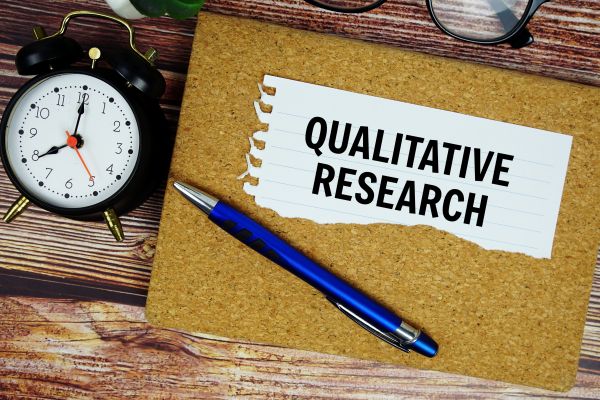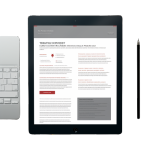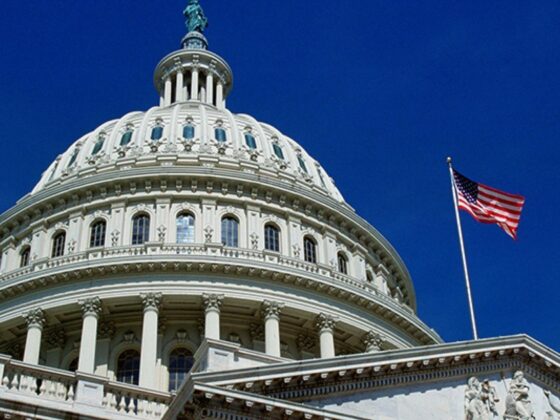
In today’s hyper-competitive hospitality landscape, understanding customer – and employee – feedback isn’t just beneficial—it’s essential. Every guest interaction, from check-in to check-out, is an opportunity to gather insights that can make or break your brand’s reputation.
As we lean on technology to gather this feedback, it’s crucial to recognize that not all data is created equal. While metrics and numbers provide a snapshot, the true essence of guest and employee experiences often lies in the stories behind the statistics. This is where qualitative data shines, offering a window into the nuanced, complex emotions that drive customer loyalty and satisfaction.
The Purpose of Surveys
Organizations must first define whether their goal from surveys is to provide metrics or insights. To truly understand the thoughts and feelings of customers and employees, surveys cannot simply provide metrics alone. If we focus solely on quantitative data, we risk overlooking the subtleties that can inform more strategic decision-making. Numerical data alone often fails to capture the ‘why’ behind a guest’s or employee’s response, limiting our understanding of their true sentiments.
Crafting surveys effectively requires finesse. To keep engagement and response rates high, brevity is essential. However, this often leads to an overuse of rating-scale questions. While these are easy to analyze and compare, they can overlook the nuances of a guest’s or employee’s true experience. The challenge is finding the right balance between creating concise surveys and gathering deeper, more meaningful insights that can’t be captured by numbers alone.
Rating-scale questions still hold significant value, especially in cases like the likelihood-to-recommend question, which generates a Net Promoter Score (or eNPS for employees), unlocking valuable benchmarking opportunities. When combined with an open-ended question, such as “What was the reason for your score?”, this pairing can reveal both the rationale behind the rating and a deeper understanding of the brand perception—all with just two questions.
The Power of Qualitative Data
This is where qualitative data comes into play. By incorporating unstructured feedback—be it text, video or audio—into your surveys, you allow for an unhindered expression of opinions. Guests and employees can share their stories, frustrations and joys in their own words, providing context beyond numbers. This type of feedback is invaluable because it reveals the motivations and emotions driving their experiences.
To include multimedia feedback, hotels should use survey tools that support video and audio input. Be sure to provide clear instructions, optimize mobile devices, ensure privacy compliance and utilize AI tools for analysis. By adopting video and audio feedback, you can gain valuable insights, cater to different communication preferences and make data-driven decisions to enhance the guest experience. This is especially helpful for dissatisfied guests or those who find it easier to express themselves verbally.
Analyzing Qualitative Data with AI
The challenge with qualitative data has always been its sheer volume and complexity. However, with advancements in AI, this is no longer a barrier. AI-powered tools can efficiently process vast amounts of qualitative data, identifying patterns and highlighting key areas for attention and improvement. These AI models can analyze sentiment, detect emerging trends and prioritize issues based on their potential impact, making it easier than ever to incorporate qualitative insights into decision-making.
Customer Experience (CX) practitioners often leverage AI to assess the impact of specific topics mentioned in open-text feedback on key brand metrics, such as NPS. For instance, a large integrated resort used AI to compare the feedback of guests who mentioned the desire for a coffee maker in their room against those who didn’t. This analysis was conducted automatically, eliminating the need to manually read each comment, thus saving time while also ensuring data-driven decisions.
The integration of qualitative data into your feedback systems offers several benefits. First, it provides a richer understanding of customer sentiments and motivations, allowing you to see beyond the surface-level metrics. Second, these deeper insights lead to more targeted and effective improvements, enhancing the overall customer and employee experience. When you understand the ‘why’ behind the feedback, you’re better equipped to make changes that will resonate with your audience.
In conclusion, while quantitative measures are essential, they should not dominate your feedback strategy. Incorporating qualitative data into your surveys provides a wealth of insights that can lead to impactful improvements. My advice to all hospitality professionals is to reconsider their survey strategies and create more opportunities for open-ended feedback. The insights you uncover may surprise you—and they’ll undoubtedly equip you to enhance both guest and employee experiences.
As you move forward, keep a few best practices in mind: ensure your surveys are brief and easy to complete, balancing rating scales with thoughtfully crafted open-text questions. Distribute surveys regularly but not too frequently—after key guest touchpoints or at natural employee milestones—to avoid survey fatigue. For example, distributing a survey after check-in for a multi-night stay is fitting. For employees, focus on timing surveys with moments of high impact, such as going through a promotion cycle, transferring departments, returning from leave, a new manager arriving or even something as simple as attending a training.
Lastly, don’t just gather feedback; analyze and share it with relevant teams in a timely manner, ideally within a week of data collection, to keep insights fresh and actionable. With these guidelines, you can continuously improve the guest and employee journey while fostering a data-driven culture.
Story contributed by George Polyard, vice president of customer experience at ComOps, a consulting firm that provides support services to industries such as hospitality, gaming, health and human services, among others.








